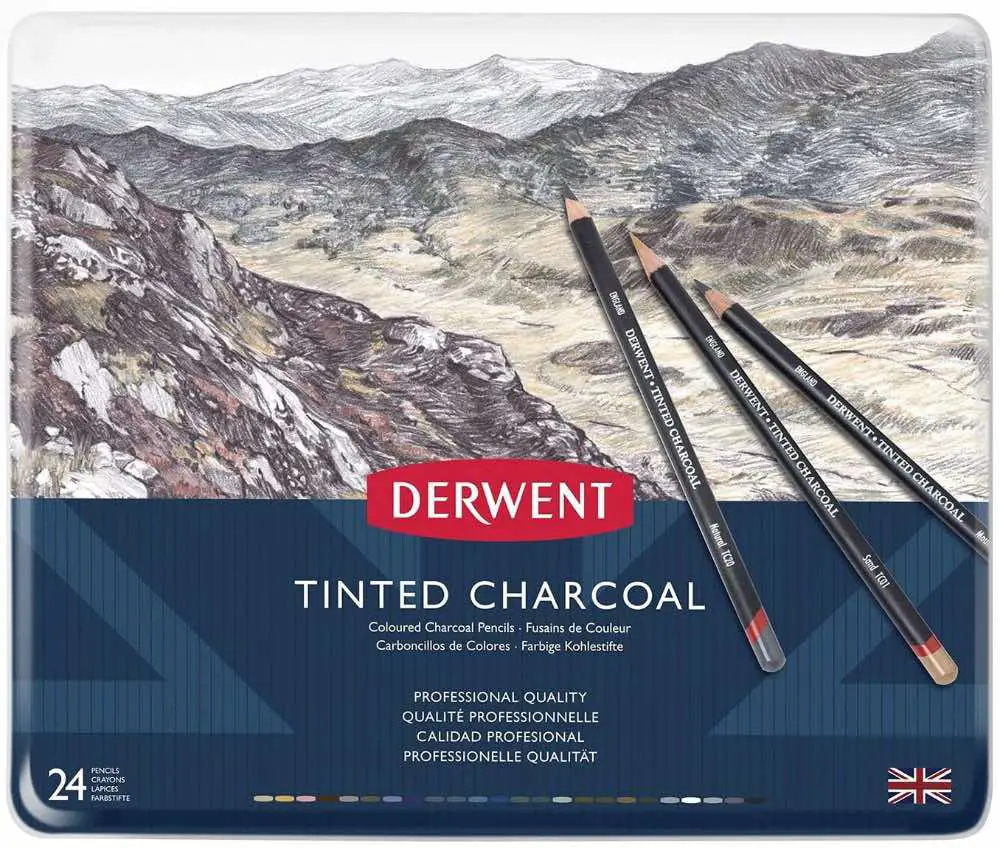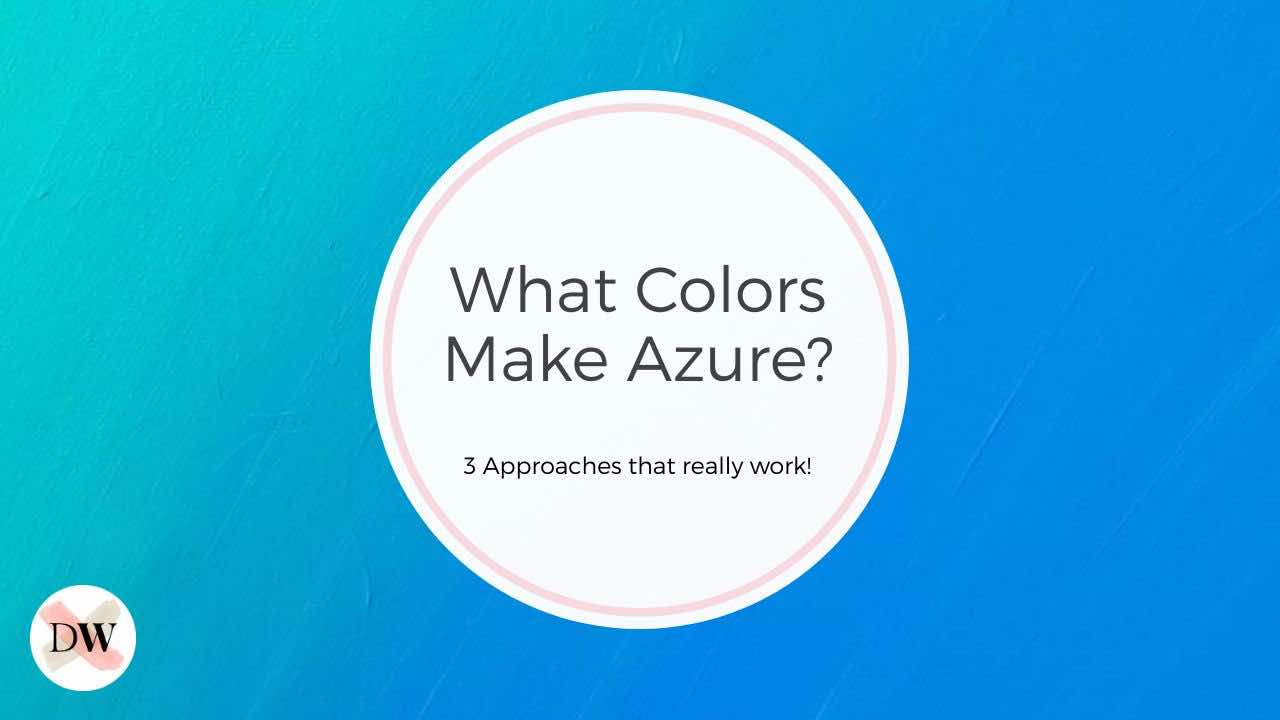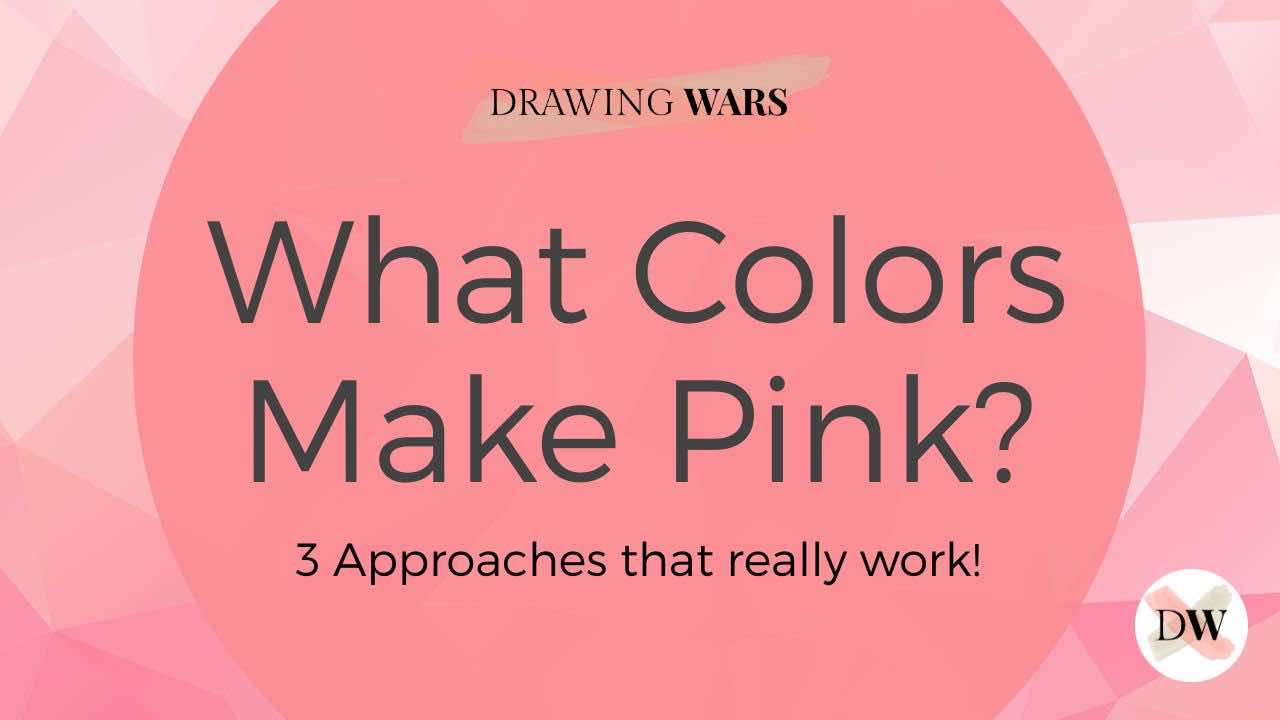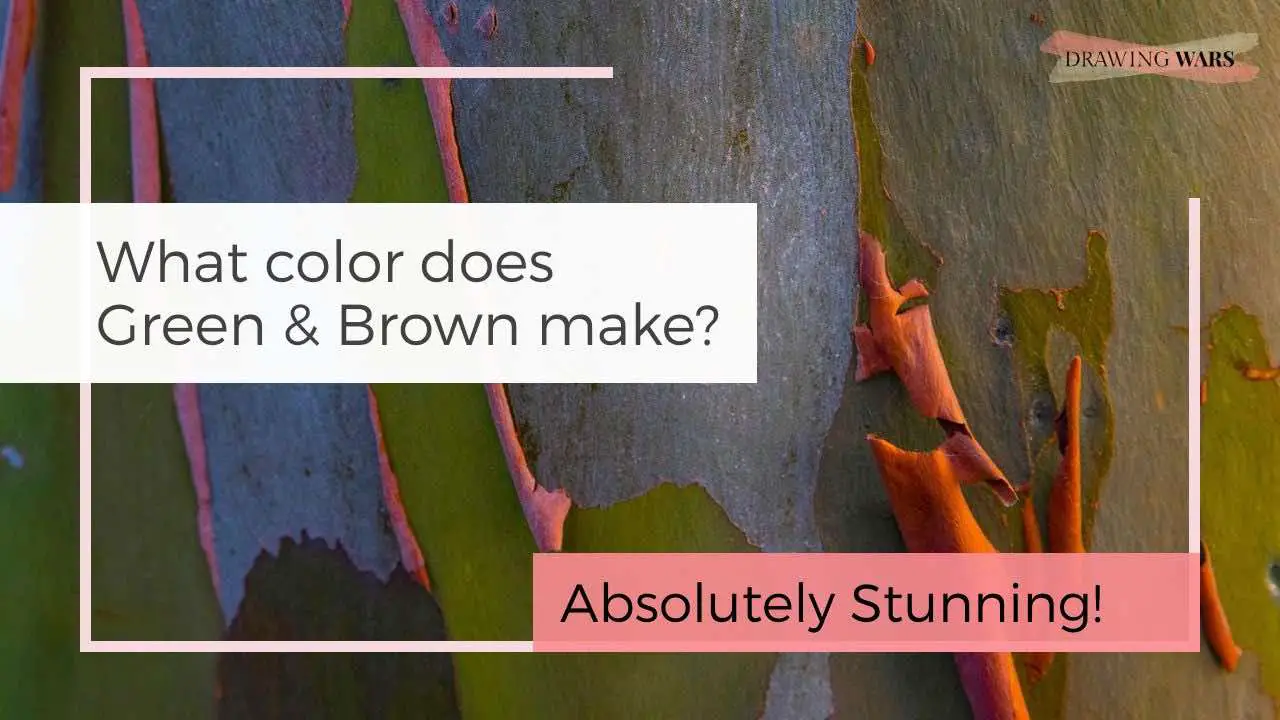
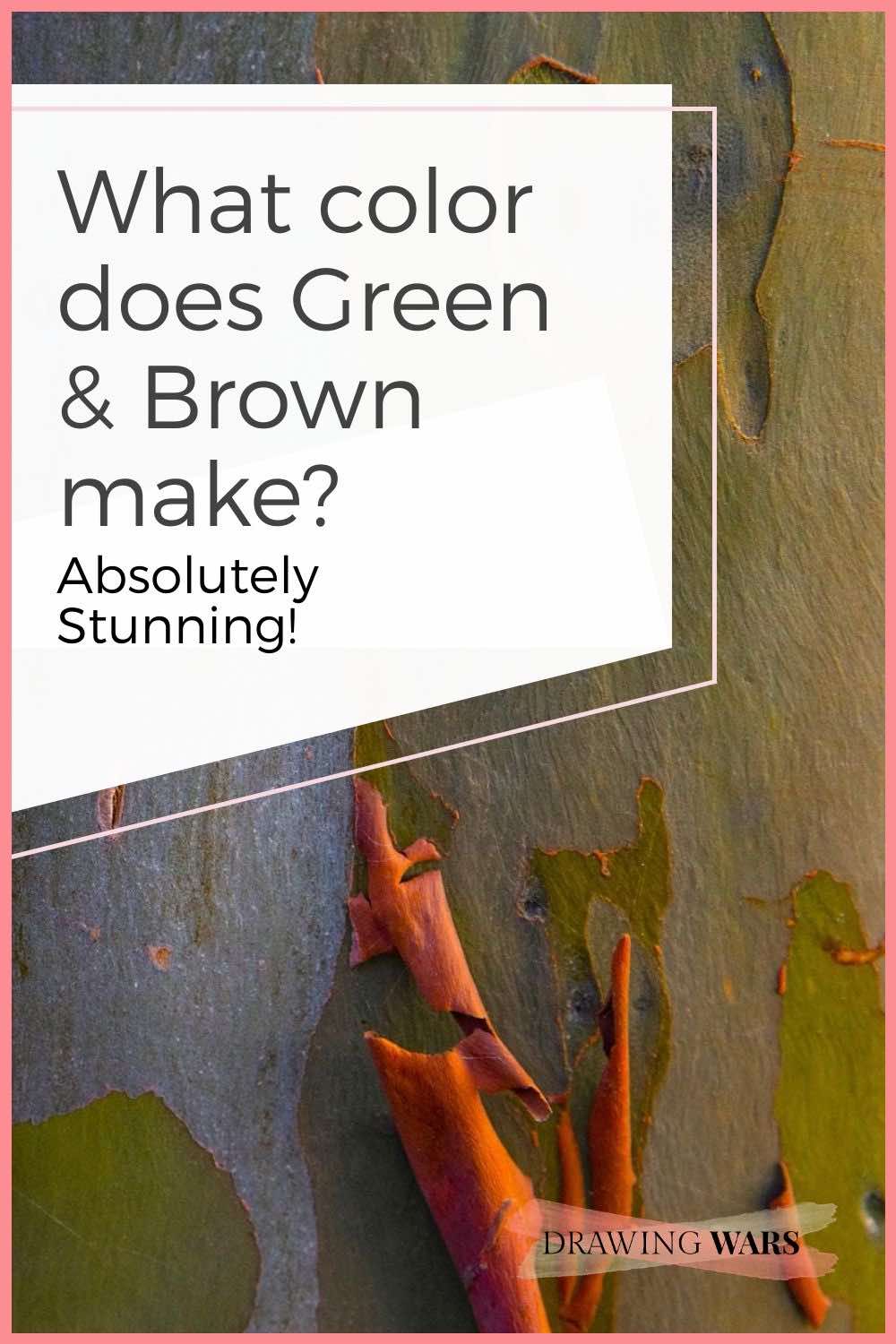
Green & Brown: An Introduction
What comes to your mind when you think of green? Perhaps the leaves or the lush grassy mountains. And what about brown? The feeling is no different with this color either - it’s as natural and inviting as green. Without a doubt, these two colors are very common in the natural world. We’re surrounded by them all the time and personally, as landscape painting enthusiasts, we tend to use green and brown all the time in mountainscapes. But what happens when we mix these two breathtaking colors together?
Mixing green and brown results in a hue of forest green. It is a dark green hue that could be turned into an earthly shade by adding more brown. If more green is added, the forest green could appear lighter depending on the hue being used.
1. Understanding Green & Brown on the Color Wheel
Green is either cool or warm, whereas brown is neutral!
Neutral colors are black, brown, white and grey. They don’t appear on the color wheel, however they are used to create tints, tones and shades of all other colors.
So being a neutral color, brown doesn’t appear on the color wheel. However, you can easily create your own brown hue by mixing equal proportions of red, blue, and yellow. Another way to get brown is by mixing any two complementary colors.
Two colors are known as complementary if they are exactly opposite to each other on the color wheel. For instance, you could see from the color wheel below, that red and green are complementary colors.

PRO-TIP
cool and warm colors
You could make any color appear warmer or cooler. And with green, you could see a yellow-green and a blue-green on the color wheel. So while forest green is basically dark, you could always make it lighter by adding white and warmer by adding yellow.
2. Creating multiple Green hues
It's easy to get a wide range of green hues!
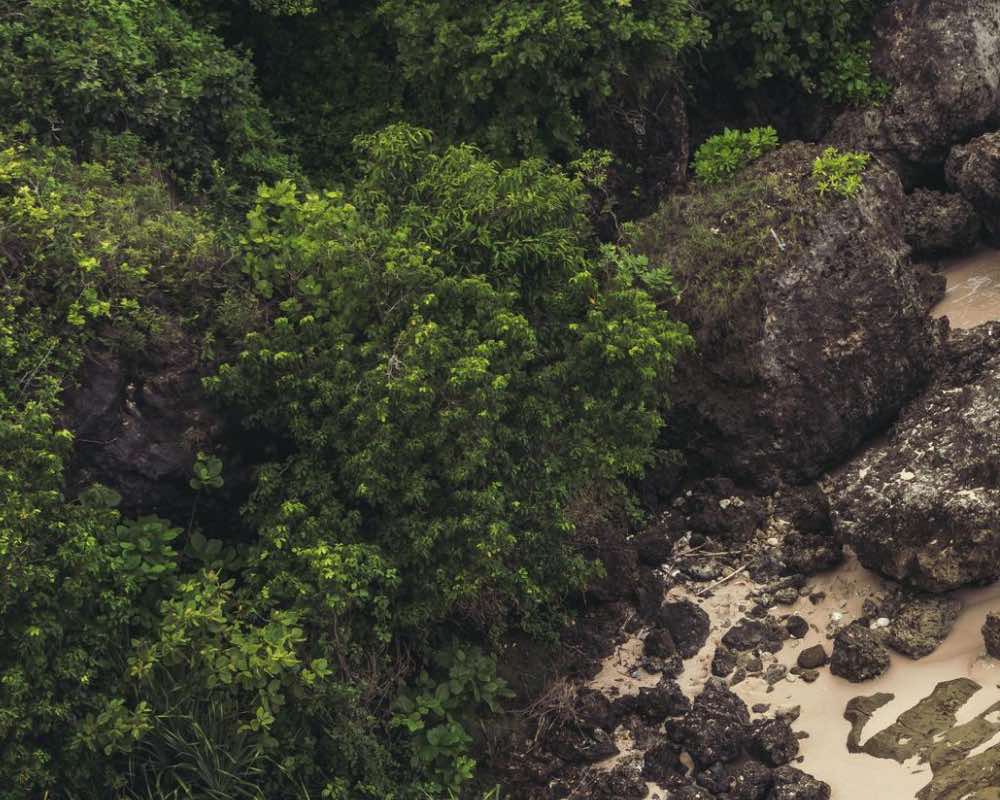
So what if you don’t have a readymade green? There’s nothing to worry about, really. Since green is a secondary color, you could always mix blue and yellow to make your very own green hue.
Adding more green to the forest green hue
You could also make the forest green lighter by adding a bright green hue.
Here are some common green hues to consider:
- Viridian green
- Sap green
- Emerald green
Adding more brown to the forest green hue
Adding more brown to forest green would result in an earthly color. If it’s dark brown, it could even appear more earthly and represent the soil.
- Burnt sienna
- Burnt umber
- Raw sienna
3. What is the color psychology of forest green?
Forest green is a hue of green, bringing home the calm feeling of nature!

When we think of green and brown together, it instantly reminds us of the woods. And how does the woods make us all feel? The stunning colors combined with the birds chirping merrily is no less than paradise. It’s exactly this natural ambiance that is associated with green that makes it one of the most soothing and relaxing colors ever.
| Positive traits | Negative traits |
|---|---|
| Freshness | Materialism |
| Generosity | Envy |
| Prosperity | Judgmental |
| Luck |
But how can a refreshing color like green promote negative feelings? Learn all about the color psychology of green here !
4. How can I use forest green in painting?
Forest green is widely used in landscape paintings.
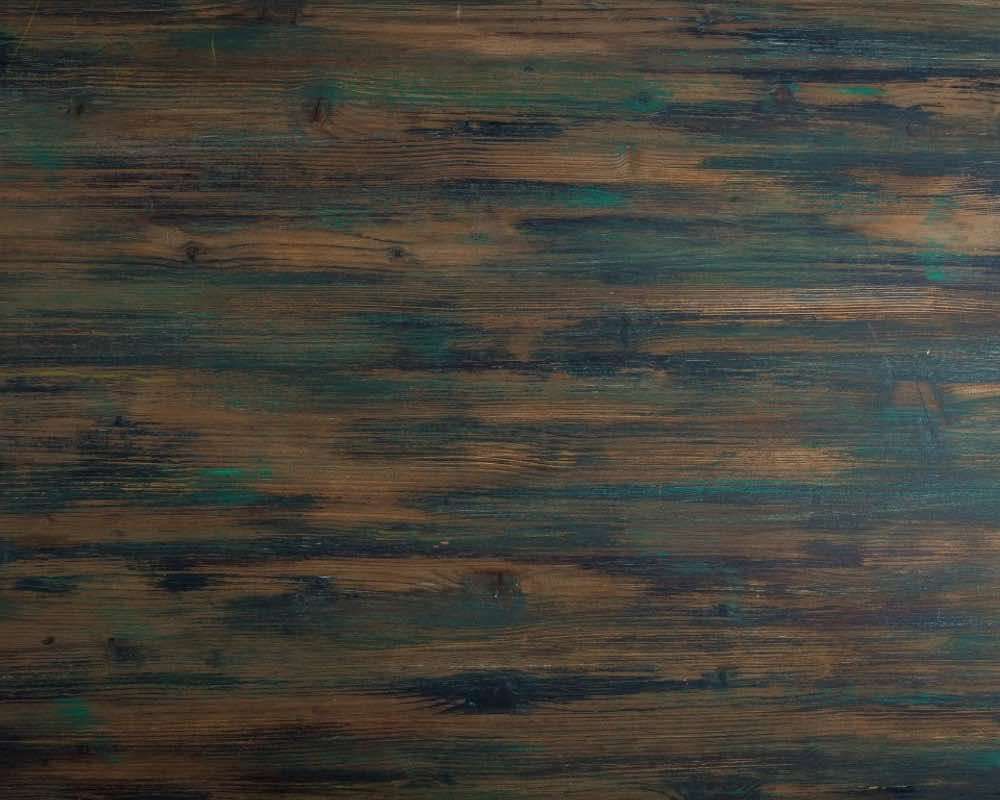
Forest green is an excellent color choice for creating landscape paintings with a cool atmosphere.
In the set of green hues, forest green lies on the cool side. As a cool color, you could use it to paint green shadows and even landscapes that lean toward a cool atmosphere. For instance, a night scene would usually have a lot of dark green hues.
PRO-TIP
showing sunlight
Forest green is a toned-down green. So if you want to depict sunlight in your painting, you would need to lighten the forest green hue by tinting it.
5. How can I use forest green in drawings?
Forest green can create beautiful lines in drawings of nature.
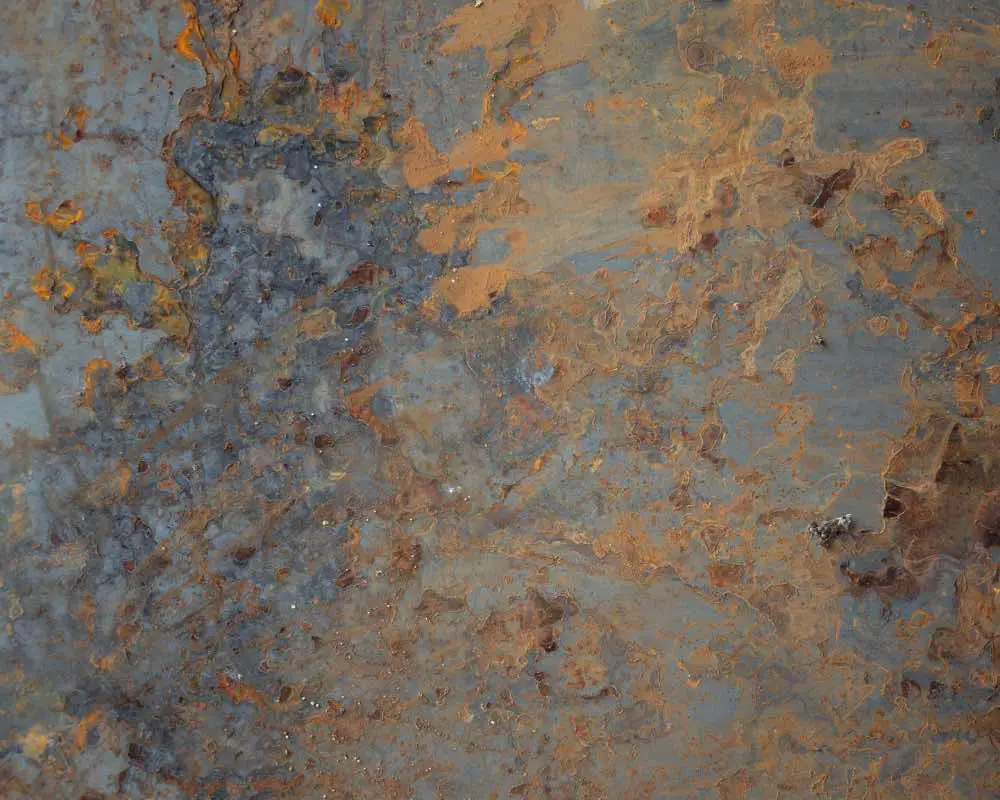
Forest green can be used for tinting natural drawings.
If you love using drawing media, consider these tips while creating your masterpieces:
- Green inks are an amazing choice for monochromatic drawings. To obtain a dark green shade, you just need to go darker by overlapping multiple layers of single green ink color.
- Some amazing green shades are available in tinted charcoal, which make an excellent choice for creating classic drawings.
- You could create expressive and highly textured grass with drawing media. For creating striking impressionist drawings, you could use oil pastels. Select a number of other green hues along with forest green and lay out the texture using strokes that don’t overlap each other.
If you haven’t used tinted charcoal pencils before, we recommend you buy this set from Derwent .
Derwent Tinted Charcoal Pencils (Pack of 24)
This charcoal pencil set contains various earthly shades, including greens!
6. How can I use forest green in design?
For design, you can break up the forest green into brown and green.
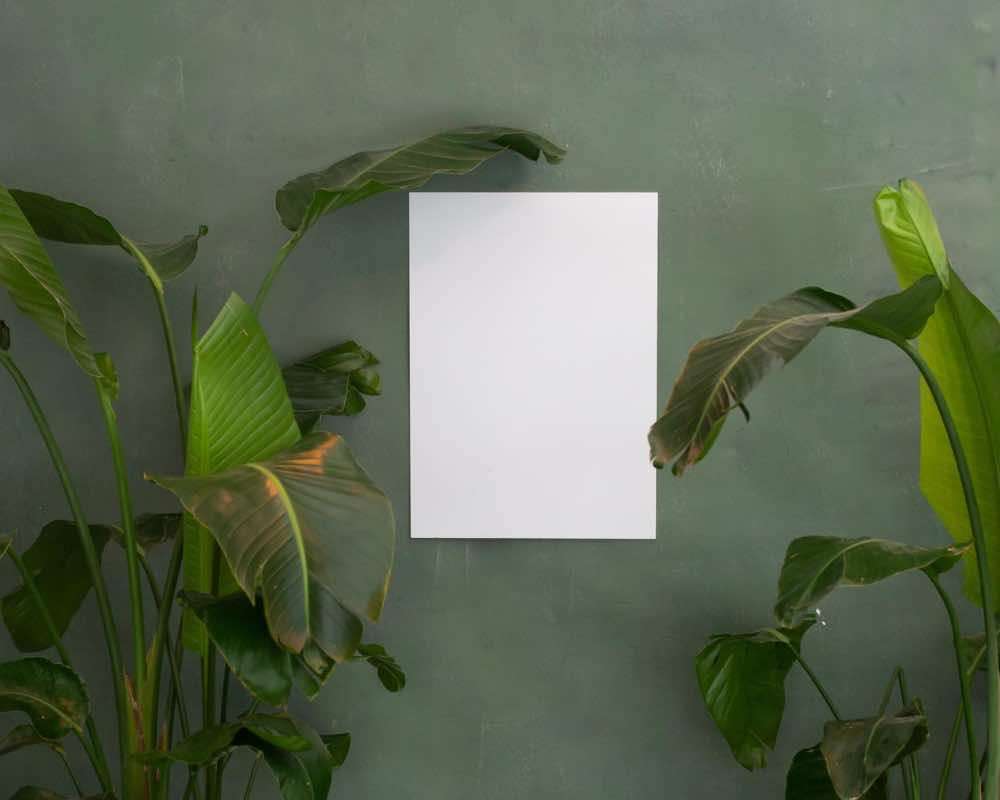
Forest green is a stunning color for any space. And especially for rooms that require a calm and relaxing atmosphere. Two examples of such rooms could be the library and the drawing-room.
To make the most out of using green in design, follow these tips:
- Create a monochromatic color scheme by incorporating light and dark green hues in the setting. All these colors don’t have to be in the form of wall paint.
- Use light neutrals in the space. Since forest green is a dark green color, it wouldn’t make sense to use it with black. That would make the overall space appear dark and gloomy.
- Pair forest green with lighter hues of blue and violet. This is known as an analogous color scheme - you can refer the color wheel to properly pull it off!
Conclusion
Hence, mixing green and brown would give you a stunning lush forest green. It’s a dark green color that could be used to give the ‘woods’ and ‘nature’ effect to all art and design projects. It works well with a variety of colors, you could even create a monochromatic scheme using multiple tints, tones and shades of forest green. You could also pair it with blues and other green hues for analogous color schemes.
Do you wish to learn more about green in color mixing? Read this post about this awesome color that comes from mixing yellow and green !
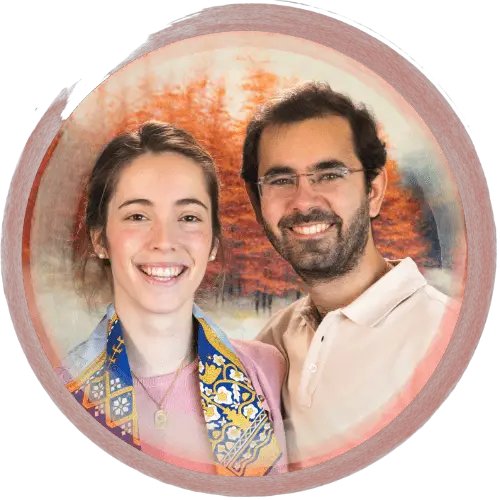
By Jimena & Iñigo
The Navarro-Rubios
My husband and I are learning how to draw and paint. We wanted to share this learning process with the world and have fun! That's why we created this blog. We'll have drawing contests every week and you'll decide who won that week! Follow along and learn with us!

Jimena & Iñigo
The Navarro-Rubios
My husband and I are learning how to draw and paint. We wanted to share this learning process with the world and have fun! That's why we created this blog. We'll have drawing contests every week and you'll decide who won that week! Follow along and learn with us!
